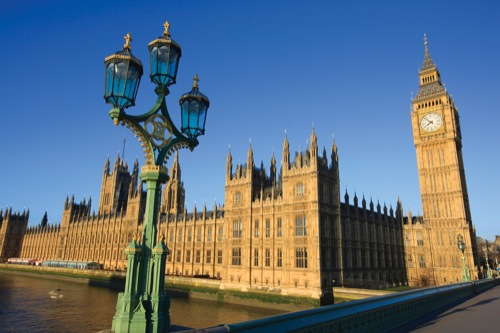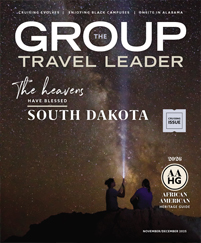
Courtesy Trafalgar Tours
Clamoring for culture
You don’t want to go to Paris for the first time and not see the Eiffel Tower, so many top itinerary items have remained on tour schedules for years. However, most tour operators have been making room in their groups’ schedules for more culturally immersive and experiential activities, such as cooking classes or zip lining.
“We have noticed how the tours of five to 10 years ago are no longer what people are looking for,” said Pufahl of Fancy-Free Holidays. “They are looking for more hands-on, educational and in-depth. People want to touch, experience and learn.”
In response, Fancy-Free Holidays has included experiential options, such as basketmaking at an Indian reservation or yarn-spinning classes.
Collette Vacations has also created more authentic activities that showcase the local setting, such as a night at a farmhouse in the Irish countryside.
“We’ve really started to focus on more of the immersive experiences that connect our passengers with the local people,” said Kinahan. “While i n Rome, people can attend a pizza-cooking class. In India, we have a yoga class. It’s more of an experience type of philosophy.”
This local trend is even reflected in Collette’s dining approach. The company chooses options that give guests more than one flavor of the regional cuisine.
“We offer progressive dinners in select cities,” said Kinahan. “You go to one location for appetizers, one for the main course and one for dessert. It allows passengers to experience different local restaurant options in the same city.”
Tour operators have not only added experiential activities, they have also decreased the number of attractions, for a slower-paced tour. Although this approach limits the number of sites groups visit, it also allows more time to explore.
“When I first went into business, people were fine just driving by things and looking out the window,” said Pufahl. “That way you could fit more sites into a tour. Now, with baby boomers traveling, they want more. They want to touch the Colosseum and hear what happened there, not just say they took a picture of it. They are getting off the bus and experiencing the destination.”
Trafalgar created the brand At Leisure to emphasize slower-paced travel, with two or three nights in each city, more free time and multiple local guides. By not rushing through the trip, a more customized itinerary is possible.
“We have developed a marvelous headset product,” said Wiseman. “These personal headsets allow people to move at their own pace but still hear the words of the guide. With a traditional group tour, you have to be within hearing distance of the travel director. With the headsets, you can listen while exploring, so it’s much more personal.”
But if your group prefers a more traditional approach, those itineraries can still be booked. Many tour operators have separated the different types of tours only so travelers can easily find trips that appeal to them. For example, when booking one of Tauck’s Culturious tours, clients know these tours cater to a younger, more active demographic, with optional excursions like zip lining, kayaking and cycling.
“We still have our classic itineraries that appeal to our traditional demographic that is typically older,” said Armstrong. “We aren’t building those more active elements into the traditional trips.”
Customized itineraries help tour operators compete with individuals booking their own vacations using the Internet. To further prove their relevance for future group travelers, tour operators have also focused on creating unusual experiences that cannot be booked by an independent traveler.
Whether those experiences include local family-hosted dinners, private concerts, VIP access or behind-the-scenes tours, the one-of-a-kind activities are in most cases not open to the general public.
“We are focusing on the moments more,” said Globus’ Halboth. “Because of our contracts and our products, we can create memories that are really difficult for an individual to create on his or her own. We work really hard on those, because those items are going to be what attracts people to our tours.”
With this new focus on customization and unforgettable experiences, one thing is for sure: The one-size-fits-all method of group travel is no longer the standard.
“Tours are not a cookie-cutter situation like they used to be,” said Pufahl. “If someone calls your office, you never say ‘no’ now. You say, ‘Let us figure out how to get you what you need.'”









